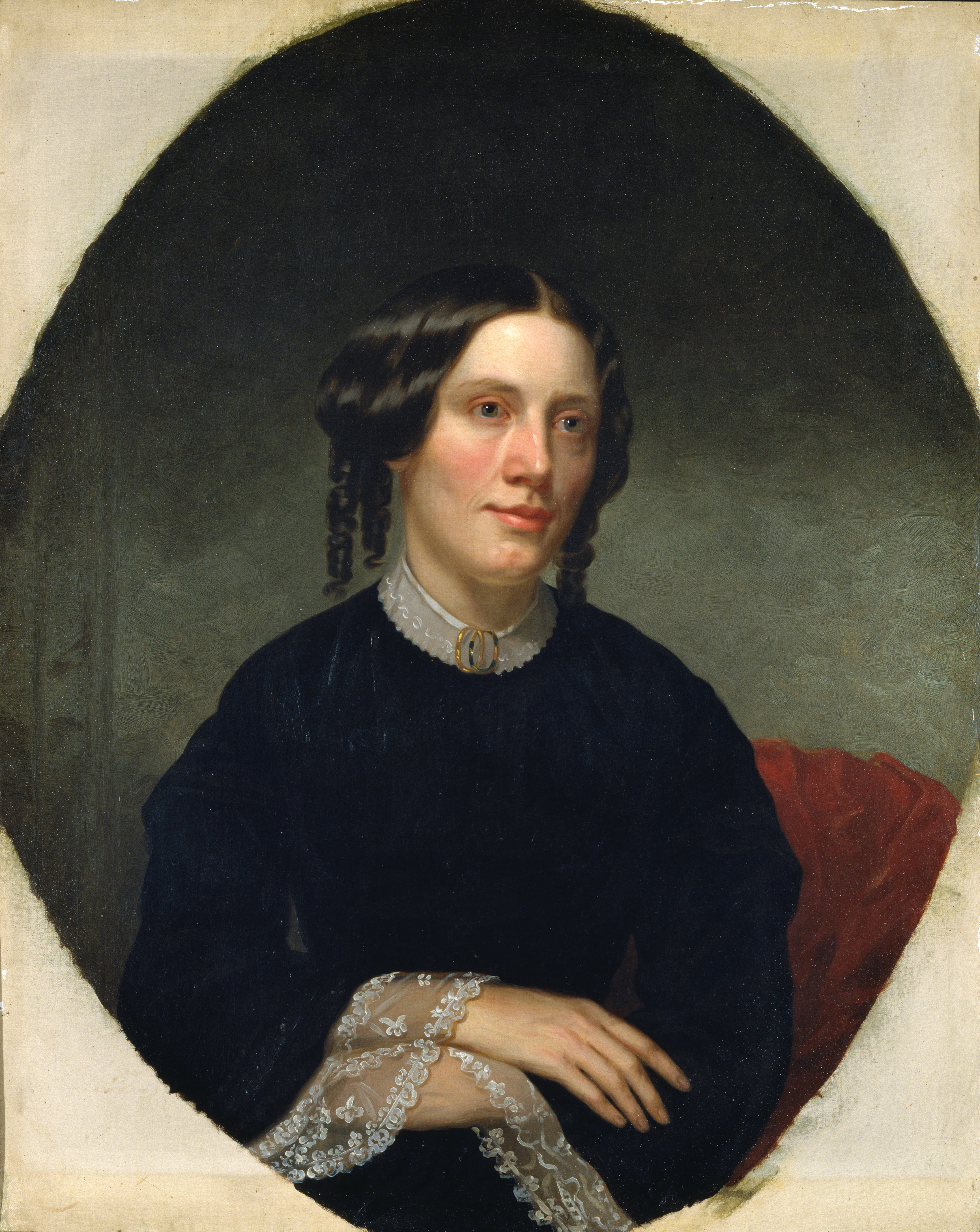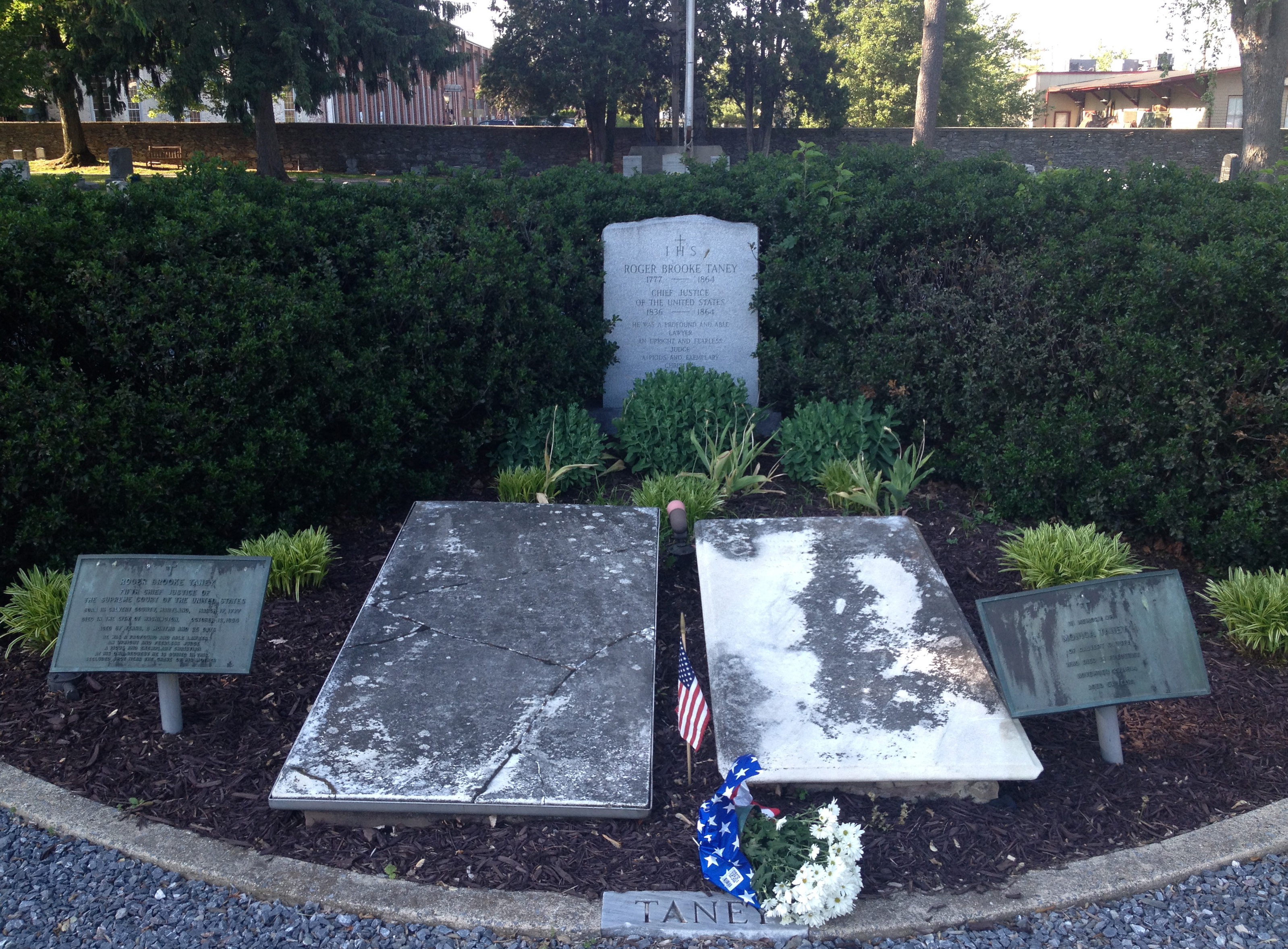|
First State National Historical Park
First State National Historical Park is a National Park Service unit which lies primarily in the state of Delaware but which extends partly into Pennsylvania in Chadds Ford Township, Delaware County, Pennsylvania, Chadds Ford. Initially created as First State National Monument by President Barack Obama under the Antiquities Act on March 25, 2013, the park was later redesignated as First State National Historical Park by United States Congress, Congress. Description The park covers the early colonial history of Delaware and the role Delaware played in the establishment of the nation, leading up to it being the first state to ratify the U.S. Constitution. It tells the unique story of the early settlement of the Delaware Valley by the Dutch, Swedes, Finns, and English and their relationship with Native Americans. It also seeks to preserve the cultural landscape of the Brandywine Creek (Christina River), Brandywine River Valley. Russ Smith, the park's first superintendent, describe ... [...More Info...] [...Related Items...] OR: [Wikipedia] [Google] [Baidu] |
New Castle County, Delaware
New Castle County is the northernmost of the three List of counties in Delaware, counties of the U.S. state of Delaware (New Castle, Kent County, Delaware, Kent, and Sussex County, Delaware, Sussex). As of the 2020 United States census, 2020 census, the population was 570,719, making it the most populous county in Delaware, with nearly 60% of the state's population of 989,948. The county seat is Wilmington, Delaware, Wilmington, which is also the state's most populous city. New Castle County is included in the Philadelphia-Camden, New Jersey, Camden-Wilmington, Delaware, Wilmington, Delaware Valley, PA-NJ-DE-MD Metropolitan Statistical Area. The county is named after William Cavendish, 1st Duke of Newcastle (–1676). New Castle County has the highest population and population density of any Delaware county, and it is the smallest county in the state by area. It has more people than the other two counties, Kent County, Delaware, Kent and Sussex County, Delaware, Sussex, combined. ... [...More Info...] [...Related Items...] OR: [Wikipedia] [Google] [Baidu] |
Brandywine Creek (Christina River)
Brandywine Creek (also called the Brandywine River) is a tributary of the Christina River in southeastern Pennsylvania and northern Delaware in the United States. The Lower Brandywine (the main stem) is longU.S. Geological Survey. National Hydrography Dataset high-resolution flowline dataThe National Map, accessed April 1, 2011 and is a designated Pennsylvania Scenic Rivers, Pennsylvania Scenic River with several tributary streams. The East Branch and West Branch of the creek originate within 2 miles (3 km) of each other on the slopes of Welsh Mountain in Honey Brook Township, Pennsylvania, about 20 miles (32 km) northwest of their confluence. The mouth of the creek on the Christina River in present-day Wilmington, Delaware, is the site of the New Sweden colony, where colonists first landed on March 29, 1638. The Battle of Brandywine was fought around the creek near Chadds Ford Township, Delaware County, Pennsylvania, Chadds Ford, Pennsylvania, on September 11, 1777, ... [...More Info...] [...Related Items...] OR: [Wikipedia] [Google] [Baidu] |
Uncle Tom's Cabin
''Uncle Tom's Cabin; or, Life Among the Lowly'' is an anti-slavery novel by American author Harriet Beecher Stowe. Published in two Volume (bibliography), volumes in 1852, the novel had a profound effect on attitudes toward African Americans and Slavery in the United States, slavery in the U.S., and is said to have "helped lay the groundwork for the American Civil War". Stowe, a Connecticut-born teacher at the Hartford Female Seminary, was part of the religious Beecher family and an active Abolitionism in the United States, abolitionist. She wrote the sentimental novel to depict the reality of slavery while also asserting that Christian love could overcome slavery. The novel focuses on the character of Uncle Tom, a long-suffering black slave around whom the stories of the other characters revolve. In the United States, ''Uncle Tom's Cabin'' was the best-selling novel and the second best-selling book of the 19th century, following the Bible. It is credited with helping fuel th ... [...More Info...] [...Related Items...] OR: [Wikipedia] [Google] [Baidu] |
Harriet Beecher Stowe
Harriet Elisabeth Beecher Stowe (; June 14, 1811 – July 1, 1896) was an American author and Abolitionism in the United States, abolitionist. She came from the religious Beecher family and wrote the popular novel ''Uncle Tom's Cabin'' (1852), which depicts the harsh conditions experienced by Slavery in the United States, enslaved African Americans. The book reached an audience of millions as a novel and play, and became influential in the United States and in United Kingdom of Great Britain and Ireland, Great Britain, energizing anti-slavery forces in the Northern United States, American North, while provoking widespread anger in the Antebellum South, South. Stowe wrote 30 books, including novels, three travel memoirs, and collections of articles and letters. She was influential both for her writings as well as for her public stances and debates on social issues of the day. Life and work Harriet Elisabeth Beecher was born in Litchfield, Connecticut, on June 14, 1811.McFarla ... [...More Info...] [...Related Items...] OR: [Wikipedia] [Google] [Baidu] |
John Hunn (farmer)
John Hunn (June 25, 1818 – July 6, 1894) was an American farmer and abolitionist who was a "station master" of the Underground Railroad in Delaware, the southernmost stationmaster and responsible for slaves escaping up the Delmarva Peninsula.Library website181 South College Ave., Newark, Delaware (302) 831-2965. Newark Free Library750 Library Ave., Newark Delaware (302) 731-7550. Corbit-Calloway Memorial Library2nd and High St. Odessa Delaware (302) 378-8838. * Delaware Historical Society The Delaware Historical Society began in 1864 as an effort to preserve documents from the Civil War. Since then, it has expanded into a statewide historical institution with several buildings, including Old Town Hall and the Delaware History M ...br>website505 Market St., Wilmington, Delaware (302) 655-7161. New Castle County Court House MuseumDelaware Street, New Castle, Delaware (302) 323-4453. External links * Aboard the Underground Railroad * State of DelawareCamden Friends Meeting M ... [...More Info...] [...Related Items...] OR: [Wikipedia] [Google] [Baidu] |
Thomas Garrett
Thomas Garrett (August 21, 1789 – January 25, 1871) was an American abolitionist and assisted in the Underground Railroad movement before the American Civil War. He helped more than 2,500 African Americans escape slavery. For his efforts, he was threatened, harassed, and assaulted. A $10,000 () bounty was established for his capture. He was arrested and convicted for helping Emeline and Samuel Hawkins escape slavery. Personal life Garrett was born on August 21, 1789, in Upper Darby Township, Pennsylvania, outside Philadelphia, (as per Darby Monthly Meeting records; Births & Burials 1682-1835 frame 23) to Sarah Price and Thomas Garrett. The family were members of the Quaker Darby Friends Meeting. His family lived on their homestead called Riverview Farm. In 1813, Garrett married Mary Sharpless, with whom he had five children. He became a member of the Wilmington Meeting when he moved to Wilmington, Delaware in 1822. Wilmington was advantageous for his career as it wa ... [...More Info...] [...Related Items...] OR: [Wikipedia] [Google] [Baidu] |
Underground Railroad
The Underground Railroad was an organized network of secret routes and safe houses used by freedom seekers to escape to the abolitionist Northern United States and Eastern Canada. Enslaved Africans and African Americans escaped from slavery as early as the 16th century and many of their escapes were unaided. However, a network of safe houses generally known as the Underground Railroad began to organize in the 1780s among Abolitionist Societies in the North. It ran north and grew steadily until the Emancipation Proclamation was signed in 1863 by President Abraham Lincoln.Vox, Lisa"How Did Slaves Resist Slavery?", ''African-American History'', About.com. Retrieved July 17, 2011. The escapees sought primarily to escape into free states, and potentially from there to Canada. The network, primarily the work of free and enslaved African Americans, was assisted by abolitionists and others sympathetic to the cause of the escapees. The enslaved people who risked capture and thos ... [...More Info...] [...Related Items...] OR: [Wikipedia] [Google] [Baidu] |
Roger Taney
Roger Brooke Taney ( ; March 17, 1777 – October 12, 1864) was an American lawyer and politician who served as the fifth chief justice of the United States, holding that office from 1836 until his death in 1864. Taney delivered the majority opinion in '' Dred Scott v. Sandford'' (1857), ruling that African Americans could not be considered U.S. citizens and that Congress could not prohibit slavery in the U.S. territories. Prior to joining the U.S. Supreme Court, Taney served as the U.S. attorney general and U.S. secretary of the treasury under President Andrew Jackson. He was the first Catholic to serve on the Supreme Court. Taney was born into a wealthy, slave-owning family in Calvert County, Maryland. He won election to the Maryland House of Delegates as a member of the Federalist Party but later broke with the party over the War of 1812. After switching to the Democratic-Republican Party, Taney was elected to the Maryland Senate in 1816. He emerged as one of the most pro ... [...More Info...] [...Related Items...] OR: [Wikipedia] [Google] [Baidu] |
Samuel Chase
Samuel Chase (April 17, 1741 – June 19, 1811) was a Founding Fathers of the United States, Founding Father of the United States, signer of the Continental Association and United States Declaration of Independence as a representative of Maryland, and Associate Justice of the United States Supreme Court. In 1804, Chase Impeachment of Samuel Chase, was impeached by the United States House of Representatives, House of Representatives on grounds of letting his partisan leanings affect his court decisions, but was acquitted the following year by the United States Senate, Senate and remained in office. He is the only United States Supreme Court Justice to have ever been impeached. Born near Princess Anne, Maryland, Chase established a legal practice in Annapolis, Maryland. He served in the Maryland General Assembly for several years and favored independence during the American Revolution. He won election to the Continental Congress before serving on the Baltimore District Criminal Co ... [...More Info...] [...Related Items...] OR: [Wikipedia] [Google] [Baidu] |
Delaware Constitution Of 1776
The Delaware Constitution of 1776 was the first governing document for Delaware state government and was in effect from its adoption in September 1776 until its replacement by the 1792 constitution. Background On June 15, 1776, at the urging of Patriot leader Thomas McKean, the General Assembly "suspended government under the Crown", effectively ending the Proprietary government in the Lower Counties, as Delaware was then known. After the passage of the United States Declaration of Independence, the General Assembly met in July 1776 and enacted legislation calling for the August 1776 election of a State Constitutional Convention. There were to be ten members from each county. The convention met in New Castle on August 27, 1776. George Read was elected its President and Thomas McKean was a major contributor to the content of the finished product. The writing was quickly finished and put into effect upon its adoption September 20, 1776, by the convention, less than a month ... [...More Info...] [...Related Items...] OR: [Wikipedia] [Google] [Baidu] |
United States Declaration Of Independence
The Declaration of Independence, formally The unanimous Declaration of the thirteen States of America in the original printing, is the founding document of the United States. On July 4, 1776, it was adopted unanimously by the Second Continental Congress, who convened at Pennsylvania State House, later renamed Independence Hall, in the Colonial history of the United States, colonial capital of Philadelphia. These delegates became known as the nation's Founding Fathers of the United States, Founding Fathers. The Declaration explains why the Thirteen Colonies regarded themselves as independent sovereign states no longer subject to British colonization of the Americas, British colonial rule, and has become one of the most circulated, reprinted, and influential documents in history. On June 11, 1776, the Second Continental Congress appointed the Committee of Five, including John Adams, Benjamin Franklin, Thomas Jefferson, Robert R. Livingston, and Roger Sherman, who were charged w ... [...More Info...] [...Related Items...] OR: [Wikipedia] [Google] [Baidu] |








